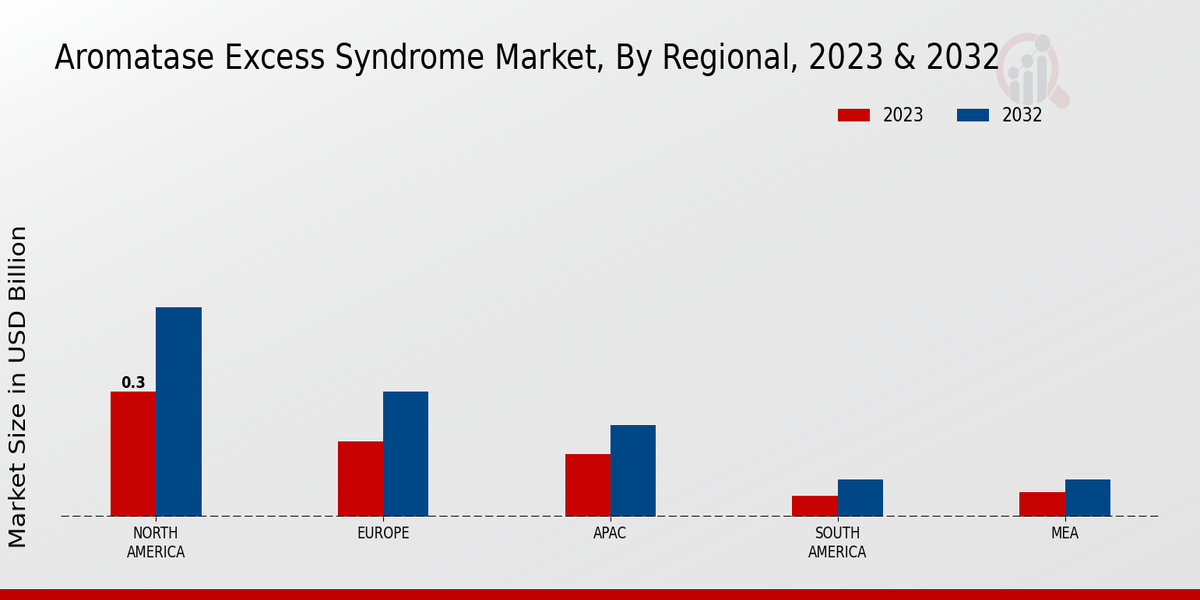Supportive Regulatory Environment
A supportive regulatory environment plays a vital role in shaping the Global Aromatase Excess Syndrome Market Industry. Regulatory agencies are increasingly recognizing the importance of addressing hormonal disorders, leading to streamlined approval processes for new therapies and diagnostic tools. This environment encourages pharmaceutical companies to invest in the development of innovative treatments for Aromatase Excess Syndrome. As regulations evolve to support patient access to effective therapies, the market is likely to experience accelerated growth, contributing to the projected increase in market value over the coming years.
Advancements in Diagnostic Technologies
Technological advancements in diagnostic tools are significantly influencing the Global Aromatase Excess Syndrome Market Industry. Innovations in genetic testing and hormonal assays enable more accurate and timely identification of the syndrome. Enhanced diagnostic capabilities facilitate better patient management and treatment planning. As these technologies become more accessible, healthcare providers may increasingly adopt them, thereby expanding the market. The anticipated growth from 2024 to 2035, with a projected market value of 1.48 USD Billion by 2035, underscores the importance of these advancements in improving patient outcomes.
Increasing Prevalence of Hormonal Disorders
The rising prevalence of hormonal disorders, including Aromatase Excess Syndrome, is a significant driver for the Global Aromatase Excess Syndrome Market Industry. Factors such as lifestyle changes, environmental influences, and genetic predispositions contribute to the increasing incidence of these conditions. As more individuals are diagnosed with hormonal imbalances, the demand for effective treatments and management strategies is expected to grow. This trend is likely to support a compound annual growth rate (CAGR) of 5.49% from 2025 to 2035, indicating a robust market response to the rising need for therapeutic interventions.
Rising Awareness of Aromatase Excess Syndrome
The increasing awareness surrounding Aromatase Excess Syndrome is a pivotal driver for the Global Aromatase Excess Syndrome Market Industry. As healthcare professionals and patients become more informed about the condition, the demand for diagnostic and therapeutic options is likely to rise. Educational initiatives and advocacy from patient organizations contribute to this awareness, potentially leading to earlier diagnosis and treatment. In 2024, the market is projected to reach 0.82 USD Billion, reflecting the growing recognition of the syndrome's impact on health and quality of life.
Growing Investment in Research and Development
Investment in research and development (R&D) for Aromatase Excess Syndrome is a crucial driver for the Global Aromatase Excess Syndrome Market Industry. Pharmaceutical companies and research institutions are increasingly focusing on understanding the underlying mechanisms of the syndrome and developing targeted therapies. This influx of funding not only accelerates the discovery of new treatment options but also enhances the overall knowledge base surrounding the condition. As R&D efforts expand, the market is expected to benefit from innovative solutions that address unmet medical needs, further propelling market growth.
























Leave a Comment